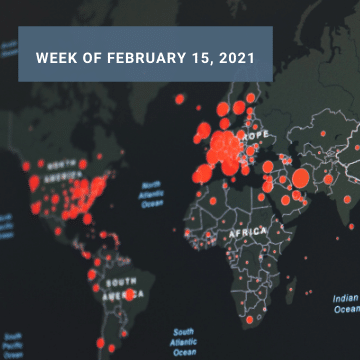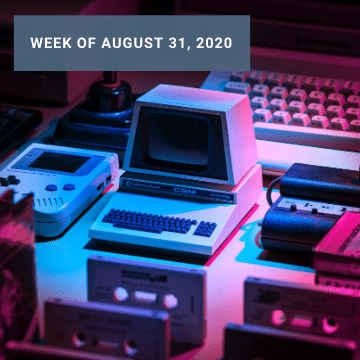Software development has been accelarated by the pandemic, and that’s great news for technologists. Weekly news and one algorithm to save the world.
Check out more of our interviews from our podcast episodes.
Also discover our article: IT Pros: How to Work On Remote in the Post-Pandemic World
Preparing for the next time around with an algorithm
So, was it a pangolin or not?
At this point, the scientific community can more or less confidently say that the coronavirus that is wrecking havoc across the globe came originally from bats. But they are not so sure about which animal acted as the intermediary host.
Identifying animal species that might become the source of the next pandemic is one of the main pillars of our strategy to future-proof our public health. It is, however, not an easy task, as the potential lines of investigation are just too many and new virus strains can be quite unpredictable. Well, it turns out AI can help with that too.
A group of British researchers have built a computer algorithm that allows them to predict which animals are most susceptible to new coronavirus infections. The results of the algorithm were somewhat alarming, as many more mammals were identified as potential hosts when compared to previous studies based on screenings.
But hey — information is power. Better to know where to look for the next time around.
How to develop software remotely
Software development has been accelarated by the pandemic, and that’s great news for technologists. But IT leaders have to juggle the rise in demand with other, more uncomfortable consequences of Covid-19.
Not considered essential employees for the most part, software developers are largely working from home these days. As it is happening with other locked-down professional; coders and integrators are dealing with challenging situations, having to coordinate family duties with work assignments and falling victim to the isolation and the lack of direct contact.
This of course, impacts overall team performance. Which is why development team leaders are coming up with new ways to work and support their teams. While there is no single best approach to the problem; a few common patterns emerge when interviewing some of these managers.
These include greater, more frequent communication between team members. But also visibility over the current status of projects via collaboration tools like Slack and a profound revision of existing workflows. Fostering socialising among peers is also key.
The low-code explosion
According to a new forecast by Gartner, the need for more agile and decentralised software development brought about by the pandemic will continue to boost low-code adoption in the coming months.
Low-code platforms let non-IT experts develop solutions without requiring hardcore coding and technical skills. Something which, of course, is very advantageous in a time of rapid digital transformation and overclocked IT departments.
Gartner estimates that 41% of all employees outside IT; the so-called business technologists; are customising or building digital solutions to accelerate their projects and integrate workflows.
The firm predicts that half of all the demand for low-code applications will come from business users by the end of 2025.

Join our community and find your next job or expert in IT

